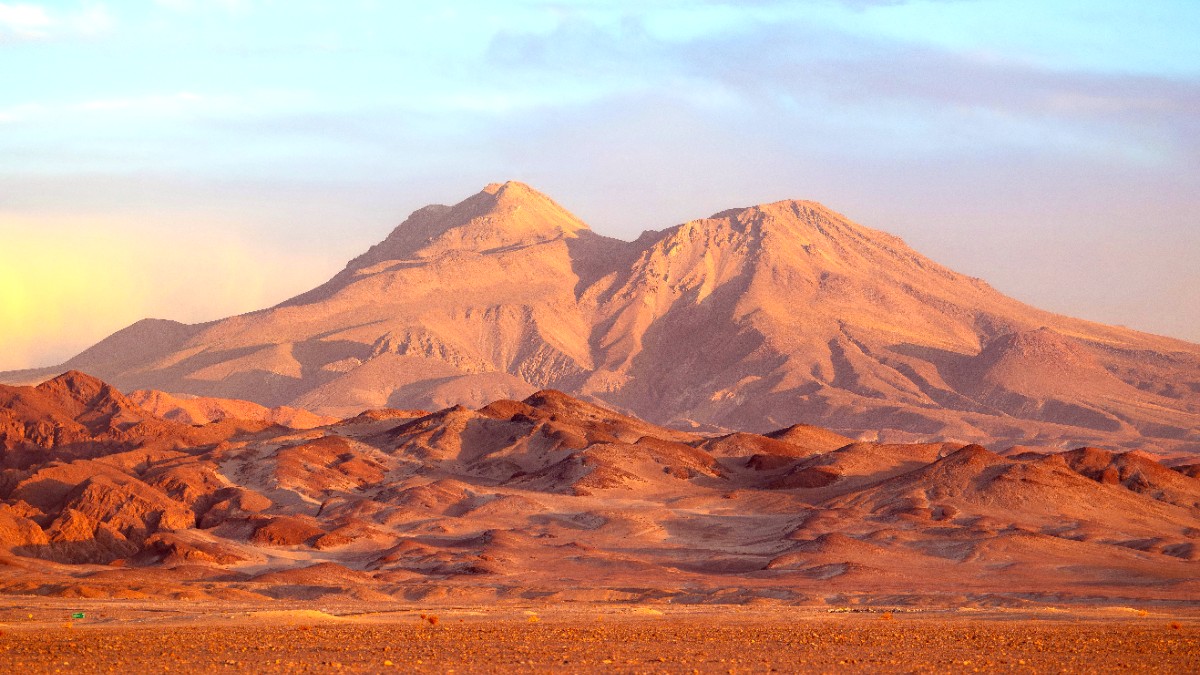
Northern Chile, Chile
San Pedro stands in the Atacama Desert, a high-altitude dry plateau. It sits about 2,400 meters (7,900 feet) above sea level, framed by the Andes Mountains. The area features salt flats, volcanoes, hot springs, geysers, and deep canyons. This location positions it as a gateway to vast, diverse landscapes.
The area around San Pedro de Atacama has a rich past. The Atacameño people, also known as Lickan Antay, lived here. They developed complex farming systems and trade routes that crossed the Andes.
Evidence of early human settlement, dating back thousands of years, exists at the Pukará de Quitor, an ancient fortress, and the nearby Aldea de Tulor. The Inca Empire later influenced the region before Spanish colonization. This long history defines the town's character and the surrounding archaeological sites.
San Pedro de Atacama is a small, rustic town. It functions as the main entry point to the Atacama Desert's natural wonders. The town is a focal point for adventure tourism, stargazing, and cultural experiences.
It stands in one of the driest places on Earth. Traditional adobe buildings shape the town's architecture. Its unpaved streets create a relaxed atmosphere.
Striking geological formations and sunset views.
High-altitude geothermal field for sunrise visits.
Chile's largest salt flat, home to flamingos.
High-altitude lagoons with stunning reflections.
Natural thermal pools for relaxation.
San Pedro acts as a base for exploring places like the Valley of the Moon, El Tatio Geysers, and the Salar de Atacama. It welcomes adventurers and offers a relaxed pace of life.
Traditional adobe buildings define the town's architecture, blending with the arid landscape. The unpaved streets contribute to its rustic charm.
The town is a central point for booking tours and arranging transport to the region's many natural attractions.
San Pedro de Atacama, with its unique location and rich history, provides a memorable journey into the heart of the desert.
Effective planning makes for a smoother San Pedro de Atacama experience. Details on climate, visas, budgeting, and safety are below.
The Atacama Desert has a dry climate with extremely low humidity and little precipitation. Temperatures change greatly between day and night.
Most nationalities do not need a visa for tourist stays up to 90 days. A valid passport and proof of onward travel are typical requirements.
San Pedro de Atacama tends to be more expensive than other parts of Chile due to its remote location and tourist demand.
Upon entry to Chile, you receive a Tourist Card (Tarjeta de Turismo). Keep this card and show it when you depart. This card is typically digital and linked to your passport.
Chile has no general entry fees for most tourists. Immigration involves showing your passport and Tourist Card. Agricultural customs forms also need completion.
The Atacama Desert presents a dry climate with wide temperature swings between day and night.
Temperatures and weather patterns vary by season:
Continuing the seasonal breakdown:
The high altitude intensifies UV radiation. Use Broad-spectrum sunscreen and lip protection. The dry air causes dehydration and dry skin. The "Altiplanic Winter" from January to March brings unexpected rain, possibly closing roads.